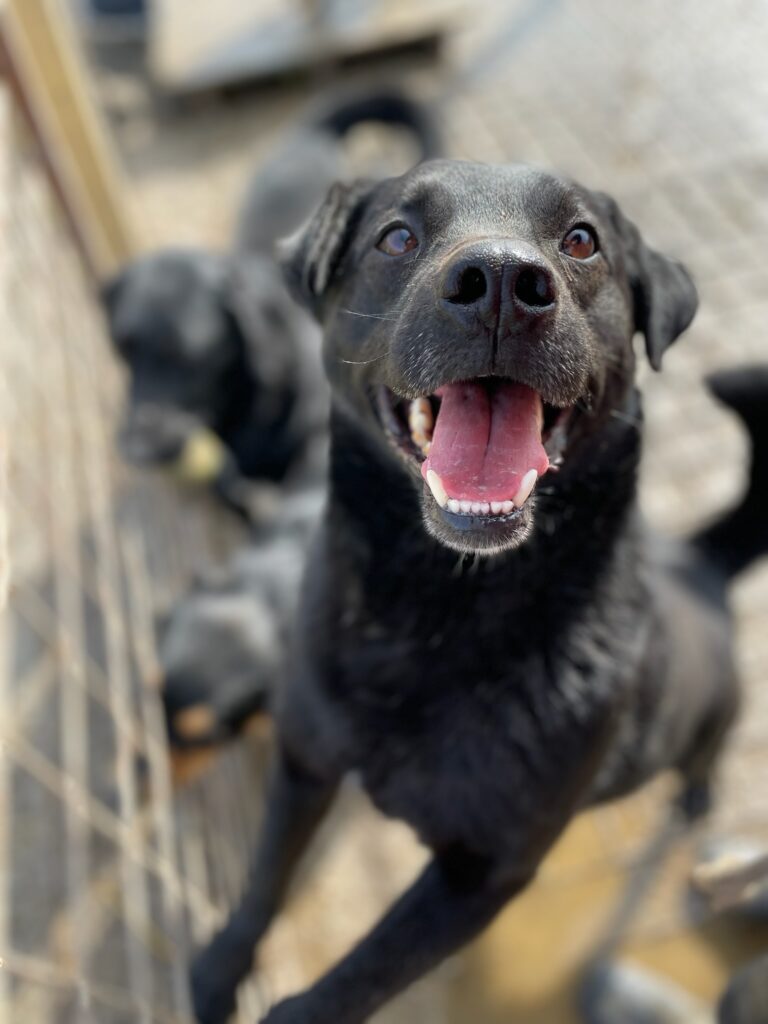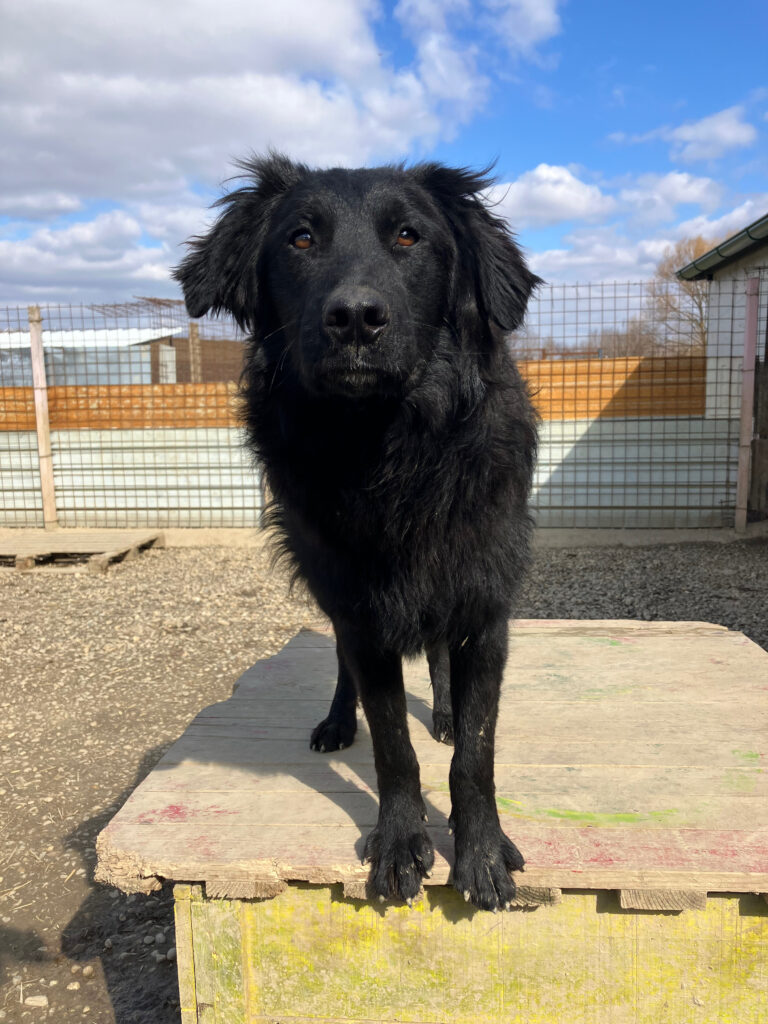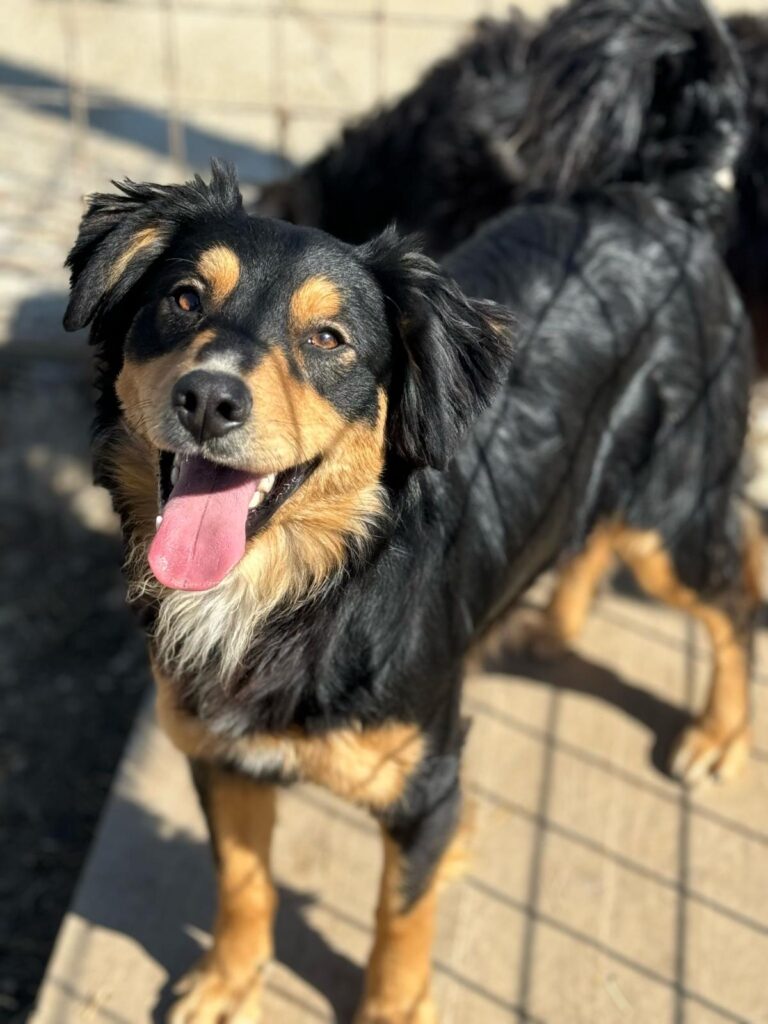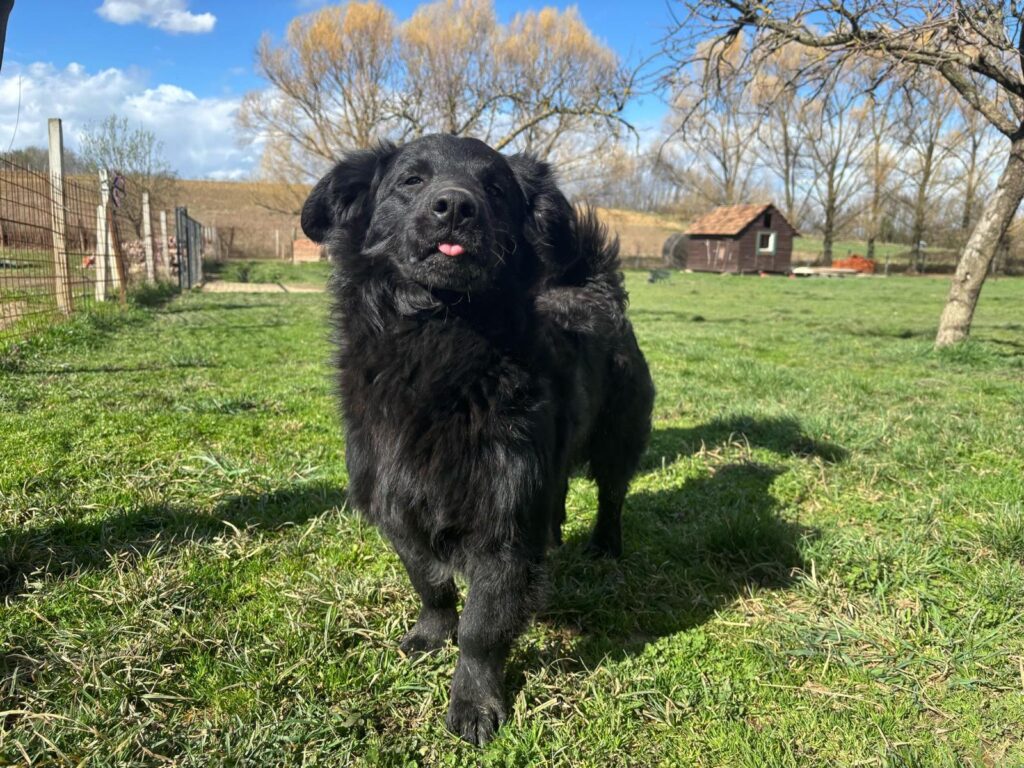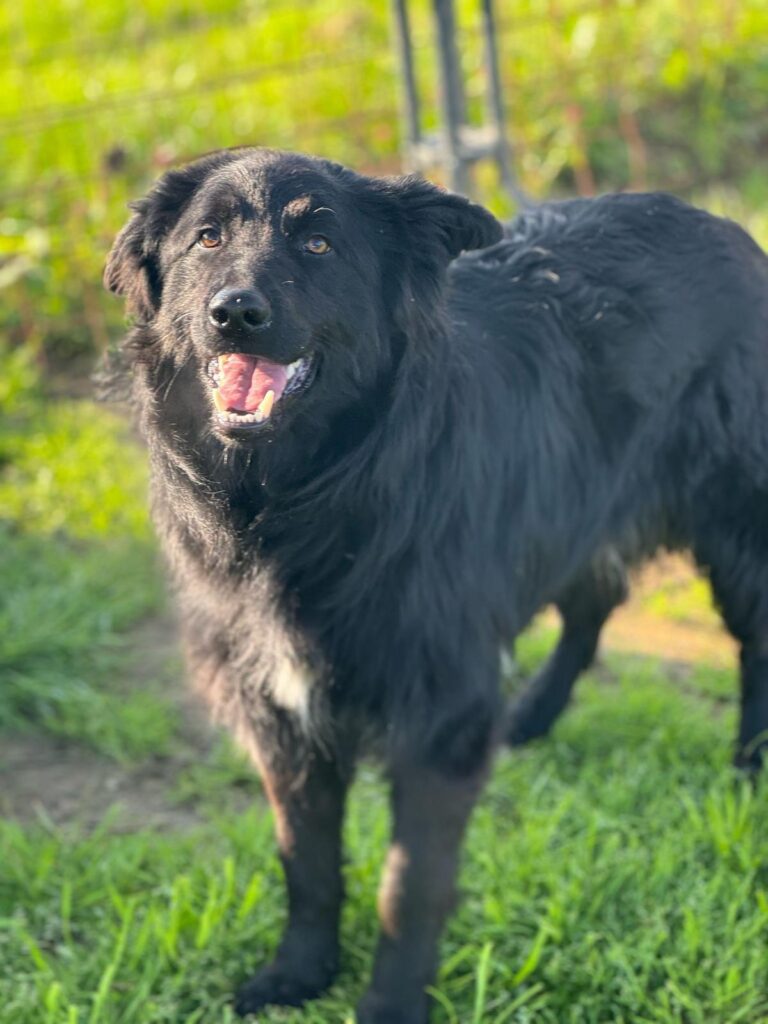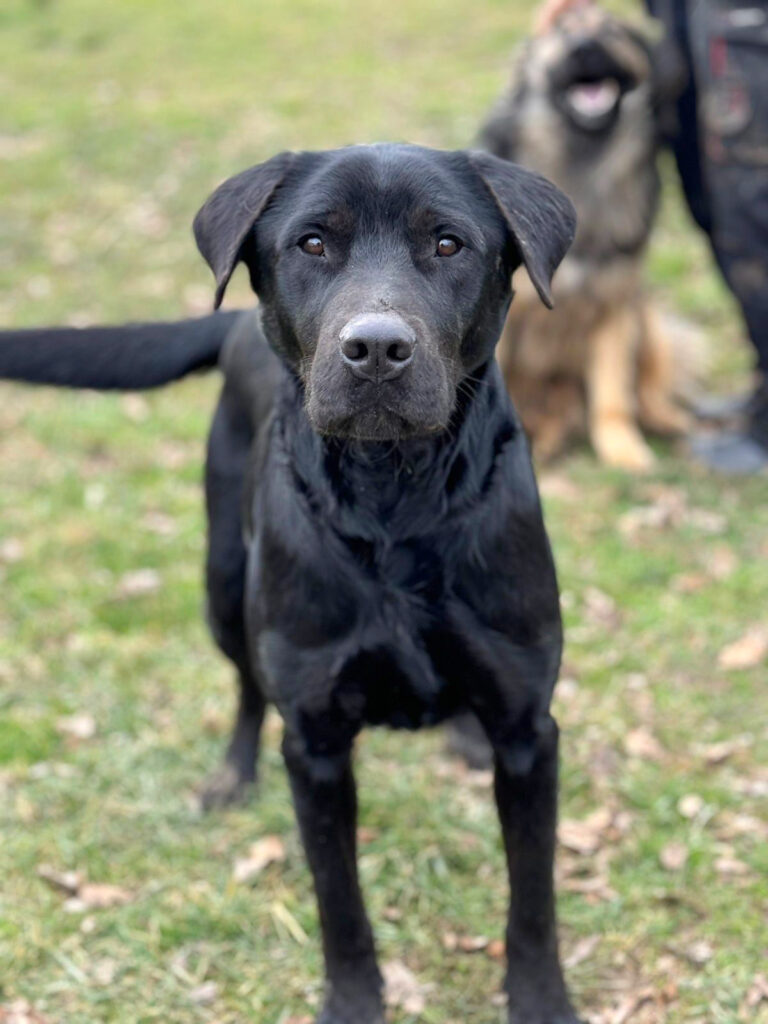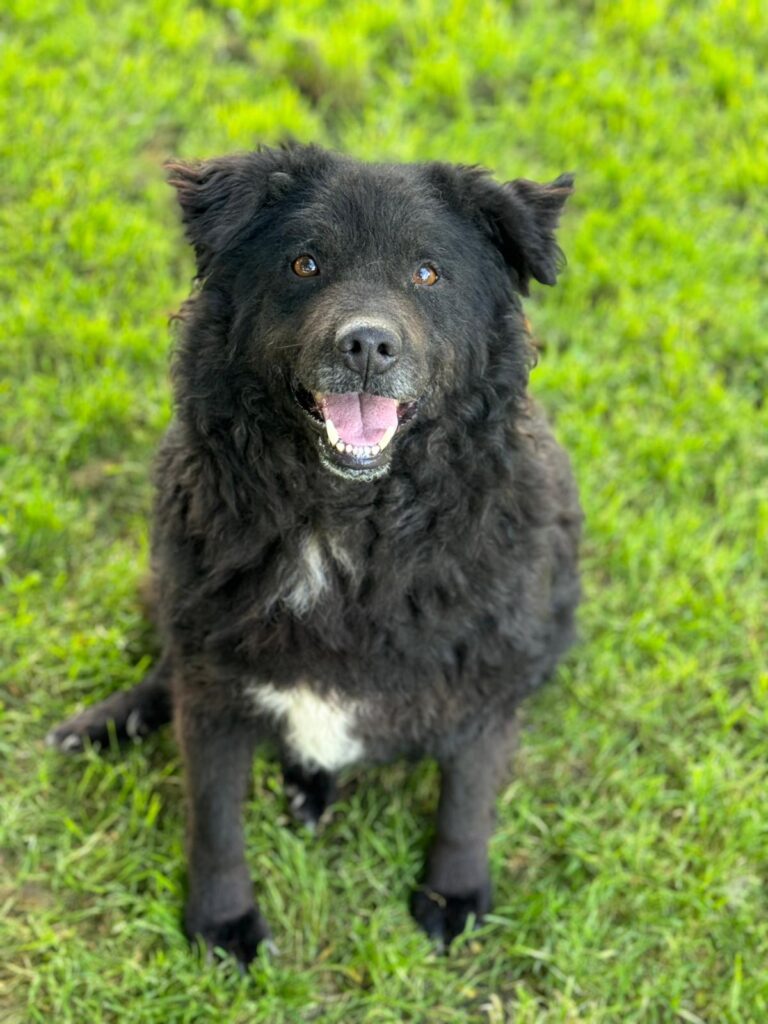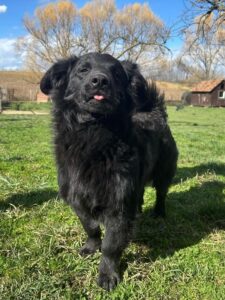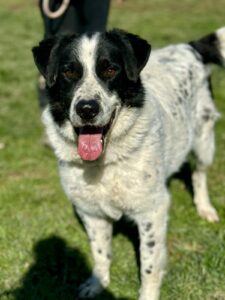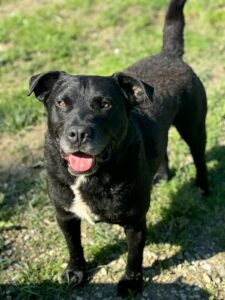Black Dog Syndrome
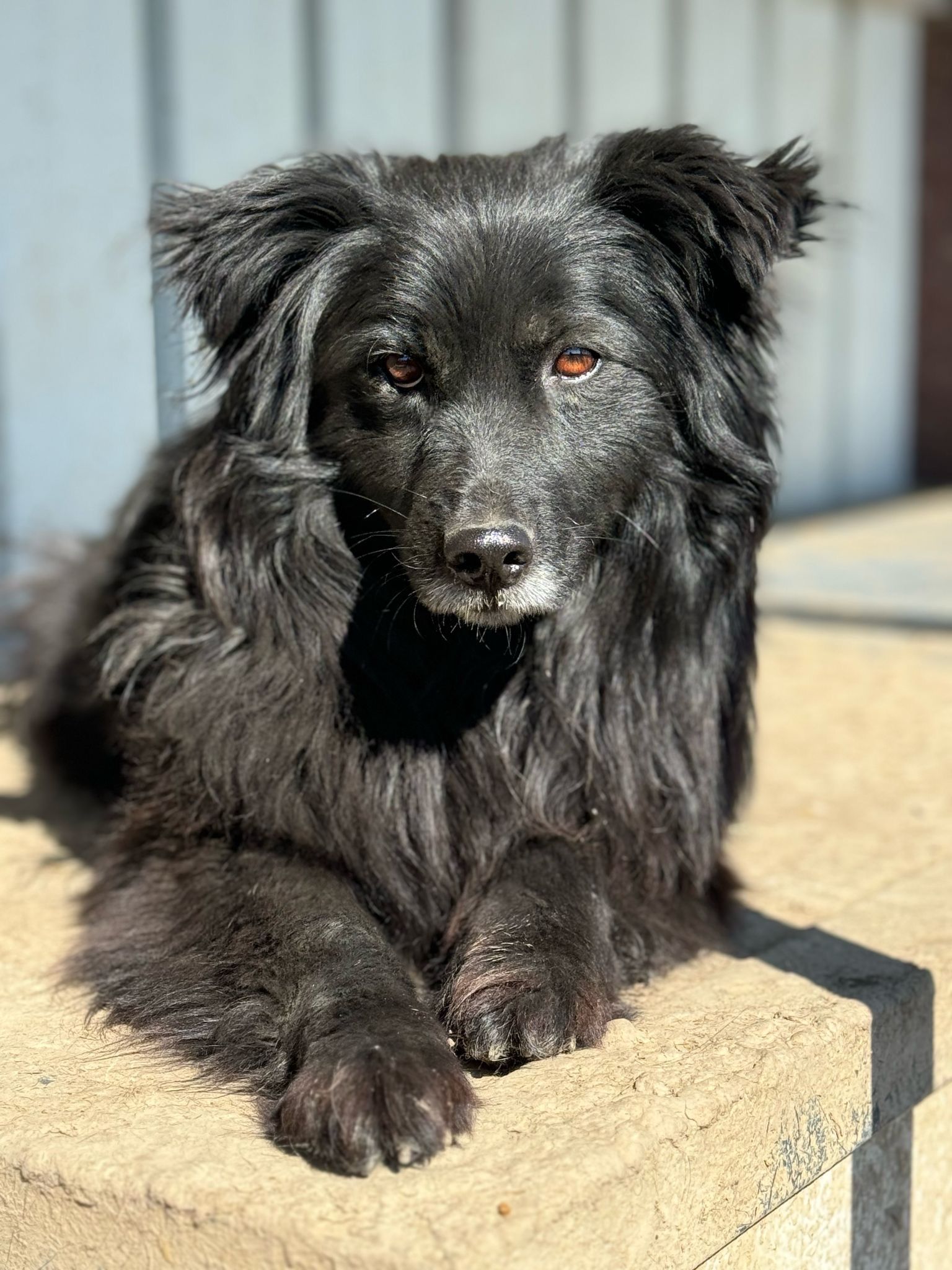
The Truth About Black Dog Syndrome — And Why It Matters
Have you ever heard of Black Dog Syndrome?
Despite working in dog rescue for over six years, I only came across this term recently. At first, I wasn’t sure if I believed in it. But the more I thought about it, the more it made sense—especially when I remembered how, back in the UK, the black ex-racing Greyhounds at our shelter always took longer to find homes than their lighter-coloured friends.
Now volunteering at Farmica in Croatia—a shelter that cares for around 180 dogs, 160 of which are black—I decided to look more deeply into this strange and troubling phenomenon.
What Is Black Dog Syndrome?
Black Dog Syndrome (BDS) refers to the tendency for black-coated dogs to be overlooked in shelters, regardless of their breed, health, age, or personality. It sounds unbelievable, but research and shelter statistics consistently show it’s a real issue.
So why does it happen?
Here are just a few of the possible reasons:
- Photogenic Bias: Black dogs can be harder to photograph. Their facial expressions and especially their eyes may disappear in dim lighting or blend into dark backgrounds. This makes them appear less expressive or engaging in photos than lighter dogs.
- Cultural Stigma: In some cultures, black dogs are associated with fear, aggression, or even bad luck. Movies and media often reinforce this image without us even noticing. Over time, these stereotypes can influence how adopters unconsciously perceive black dogs.
- They Blend In: In a busy kennel, with rows of barking dogs, black-coated ones often don’t stand out. Their features might not catch your eye at first glance.
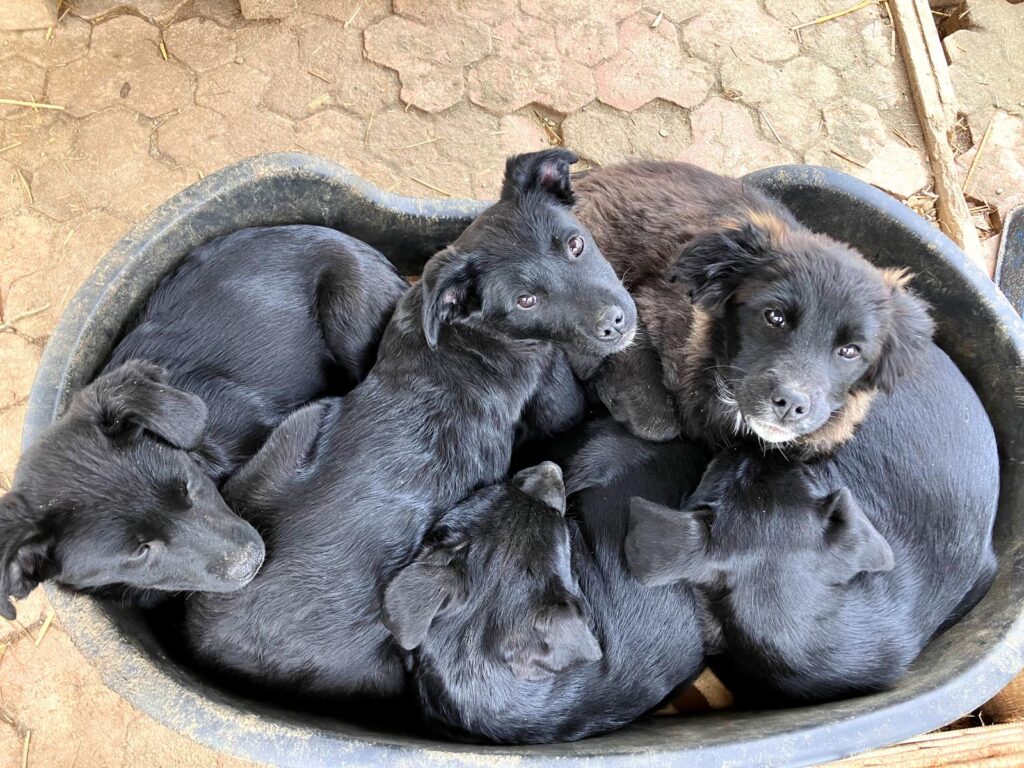
A Croatian Context
Interestingly, Croatia has a stronger-than-average presence of black-coated native dogs—particularly the Croatian Sheepdog (Hrvatski ovčar), a breed that’s always black and steeped in the country’s shepherding heritage since at least the 14th century.
Other local breeds like the Tornjak and the Posavac Hound tend to have mixed or white-based coats. And while Dalmatians are famously Croatian, they sport white fur with black spots—not quite what we’re talking about here. But the result of these breed patterns is clear: shelters and streets in Croatia are more likely to be home to black-coated dogs than in some other countries.
What Can We Do?
To help these overlooked dogs find loving homes, we need to move beyond the surface. Their colour doesn’t tell you who they are—their personality does.
While volunteering at Farmica, I watched another volunteer adopt one of eight black puppies. She chose her because of who she was, not the colour of her coat. Aura, as she’s now named, charmed her way into a forever home simply by being herself.
It reminded me of my first dog—Oscar. He was black too. A clever, funny, and loving companion who kept my spirits up during a difficult time in my life. After my divorce, he, my son, and I shared a bed for three years. Oscar wasn’t just a dog; he was part of our emotional survival team.
I recently read a heartwarming story about a shelter dog who had been overlooked for years. The staff gave him a cheerful new bandana and renamed him Lucky. He was adopted the next day. Sometimes, it’s not the dog that needs to change—it’s the way we see them.
A Final Thought
We may never know exactly why some dogs wait so long. Often, it has nothing to do with who they are—and everything to do with what people think they see.
So next time you visit a shelter or browse through adoption photos, pause for a moment. Look again at the black dog. The one in the shadows. The one quietly waiting.
You might just find the most loyal friend you’ll ever have.
Authored by Tina Digby
